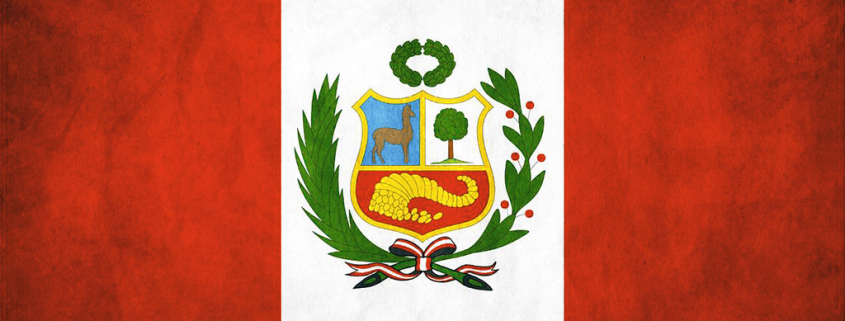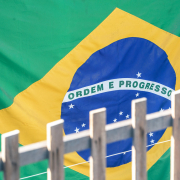Gustavo Mostajo, Head of Minagri, announced that at the end of the year the list of the crop of prohibited products will be kept. He clarified that there will be a period of adaptation to remove them from the market.
In order to avoid new cases of massive poisoning, such as what occurred in the San José de Ushua and Colcap, allegedly linked to the use of pesticides, the Ministry of Agriculture and Irrigation (Minagri) has asked Senasa to identify those pesticides extremely toxic to prohibit its use in the country.
“As more and more pesticides are being banned internationally, SENASA has been asked to design a plan to identify those extremely toxic products to be eliminated from the Peruvian market,” said Gustavo Mostajo , during his participation in the Agrarian Commission.
He added that this information will be ready by the end of the year. “We are going to have a first list of highly toxic pesticides before the end of the year,” he said. Will this prohibition take effect immediately? Mostajo commented that, in general, this type of measure has a period of adaptation.
“When the commercialization of a product is prohibited, in general, there is a period in which the importing companies have the responsibility to remove them from the market. Remember that a pesticide by itself doesn’t kill, so you have to educate and train the population for its proper use as well as warn of its risks” he said.
In this line, said that from the Senasa have trained more than 120,000 people under good practices in the use, marketing and production of pesticides from 2011 to date. “From the sector we will continue working on training on the proper use of pesticides, not only in the field but also in the warehouses,” he said.
He recalled that, according to Peruvian legislation, extremely toxic pesticides can only be sold with the prescription of a professional.
“There is regulation, which is fulfilled. What we have to safeguard is that these products are used properly and that the people who buy these products make an adequate use because they are exposed to danger” he said.
Source: gestion.pe
Image source: “Peru Flag” by Dragon781O is marked with CC BY-SA 2.0.


